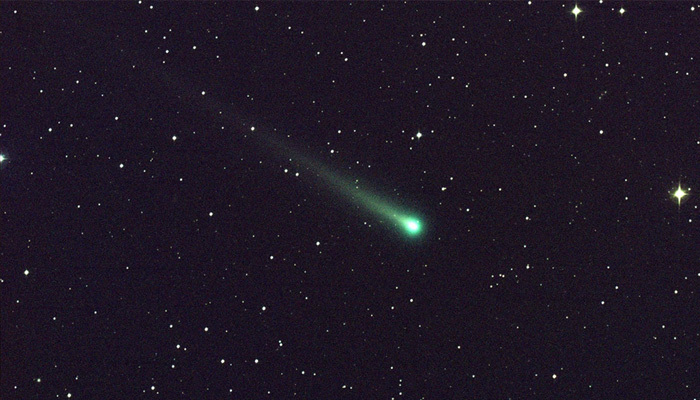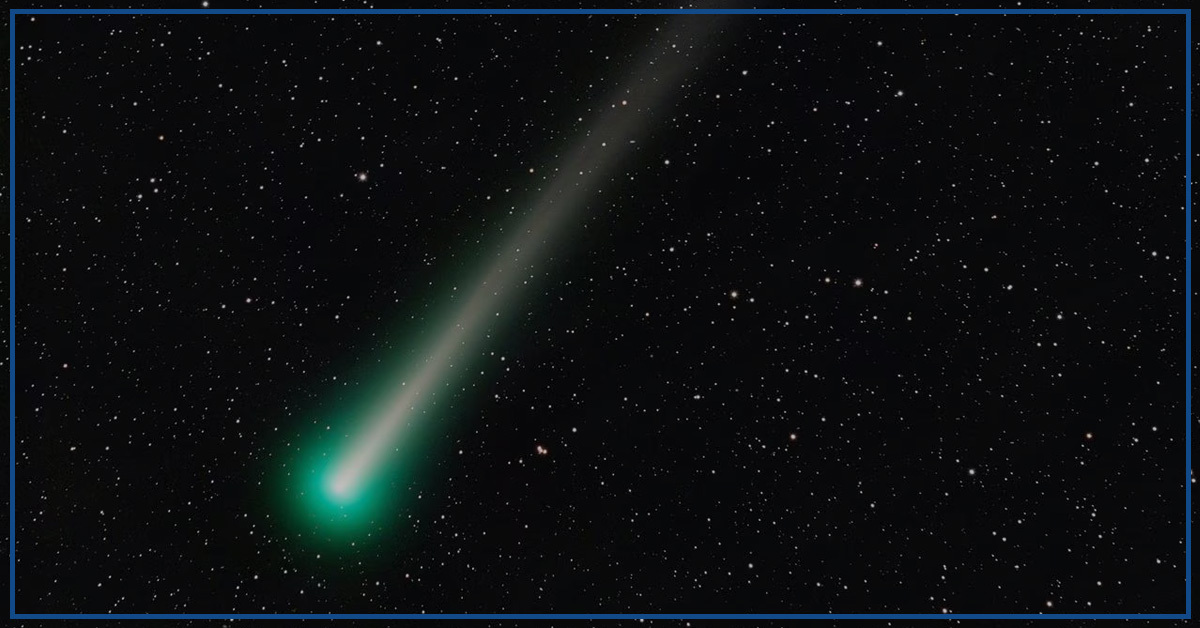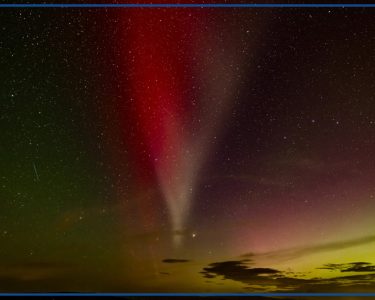A green comet passed close to Earth in late January and early February. This cosmic spectacle, named Comet ZTF by astronomers, was first spotted by the Zwicky Transient Facility in March. What makes it even more remarkable is that it hasn’t graced our celestial neighbourhood since the last Ice Age, around 50,000 years ago. Back then, Neanderthals roamed the Earth, and modern humans had just begun their migration out of Africa.
Imagine, during its previous appearances, ancient civilizations may not have had the tools or knowledge to spot this celestial wonder without the aid of telescopes or binoculars. Now, we might be the last generation to witness this event, as some predictions suggest that the comet’s orbit has become so eccentric that it may never return.
To catch a glimpse of Comet ZTF, observers in the Northern Hemisphere had a chance to see it just before dawn in late January. Thanks to a completely shaded new moon, the night skies were ideal for observing the comet on January 21. Even though artificial intelligence systems assisted in its discovery, it was human judgment that confirmed its identity.
After analyzing data outputs, the system flagged five photos, indicating an 85 per cent probability of identifying a comet. However, the discoverer, Bolin, was cautious in making an official announcement, opting to request a spare telescope to double-check. Other observers soon confirmed the presence of a “coma,” a combination of gas and dust surrounding the comet’s head, confirming its status as a comet.

Comet ZTF is notable for its greenish coma, short broad dust tail, and long faint ion tail. The green glow often associated with comets is attributed to a reactive molecule called dicarbon, which emits green light as it reacts to sunlight. Initially, spotting the comet may require a telescope, but as it approaches Earth, it might become visible with binoculars or even the naked eye.
Comets are known for their unpredictability, but if Comet ZTF continues to brighten as expected, it should be easy to spot with binoculars, and there’s a possibility it may become visible without any aids under dark skies. For the best viewing experience, find a cloudless night away from city lights to witness this celestial beauty. When the moon is dim or below the horizon, the sky will be at its darkest, enhancing the spectacle.
What sets Comet ZTF apart is its green glow, primarily emanating from the coma. This is unusual as dicarbon is common in comets but is typically not found in their tails, making this comet’s appearance all the more intriguing.
To see Comet ZTF, look toward the right stars. It will pass below Polaris, the North Star at the tip of the Little Dipper, and will be visible in its vicinity on January 30. As it gets closer to Polaris, it will appear earlier in the evening.
Moreover, astronomers are keeping a close eye on the skies for potential incoming objects that Comet Interceptor, a spacecraft designed for such missions, can reach with enough notice. If they identify a pristine comet nearing the sun for the first time, scientists will send Comet Interceptor on a reconnaissance flyby. This could provide a unique opportunity to study a pristine relic of our solar system, largely untouched by the sun’s heat and glare.





